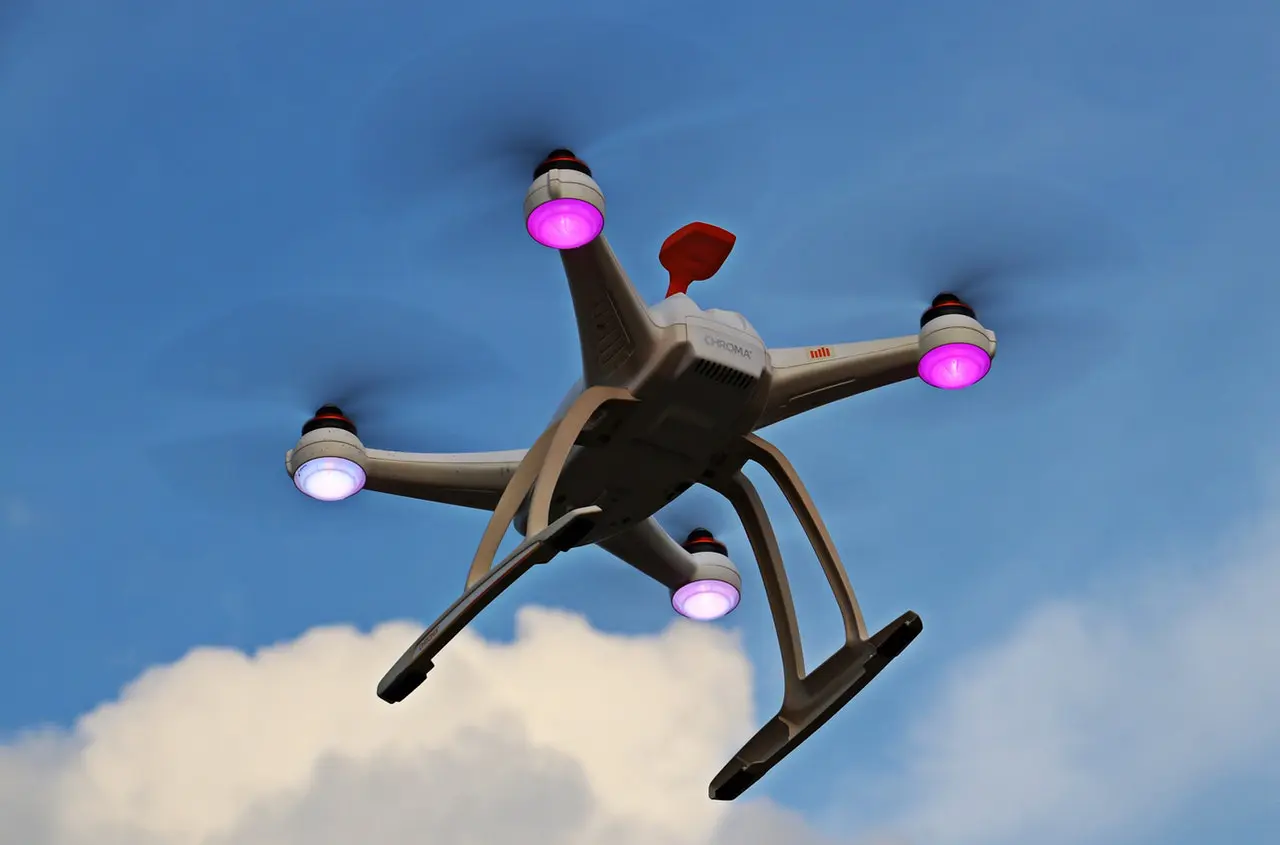We reported back in October about DJI’s introduction of a new drone-tracking system that should be useful for law enforcement and government officials called AeroScope.
Now DJI, the world’s largest manufacturer of commercial drone aircraft, is showing off its new technology and it is impressive and, so far, is aimed purely at government officials and not the public.
The technology has come about as drones have become more prevalent, so too has their violation of civilian airspace, among other things.
The DJI AeroScope drone detection system works by allowing government officials to track drones that broadcast information continuously and was developed with helping combat sensitive airspace violations in general by commercial drones.
The technology works by intercepting drone broadcast and telemetry data.

The system is currently a device with a touchscreen that issues alerts to the user when it detects a drone nearby. AeroScope then retrieves that drone’s information and allows the user to contact the drone’s pilot.
In a beta version of the technology, the drone pilot’s email address was displayed on the device but this functionality will reportedly not be present in the market version of the technology.
Some limitations to the drone monitoring system include the operator’s inability to identify or contact non-registered drones – a serious drawback when you consider how many people could potentially forego registering their device entirely.
Further, the AeroScope can only detect drones within a couple miles radius of the device. According to DP Review, DJI limited the technology’s reach to prevent drone data being gathered by officials beyond the sensitive areas where drones are not permitted to fly.
While AeroScope is not a perfect technology, it is perhaps the first step towards more complex and robust drone detection systems, whether from DJI or other manufacturers.
As commercial drones become more common in the sky, technology to detect them and even disable them will become a rich market niche indeed.




